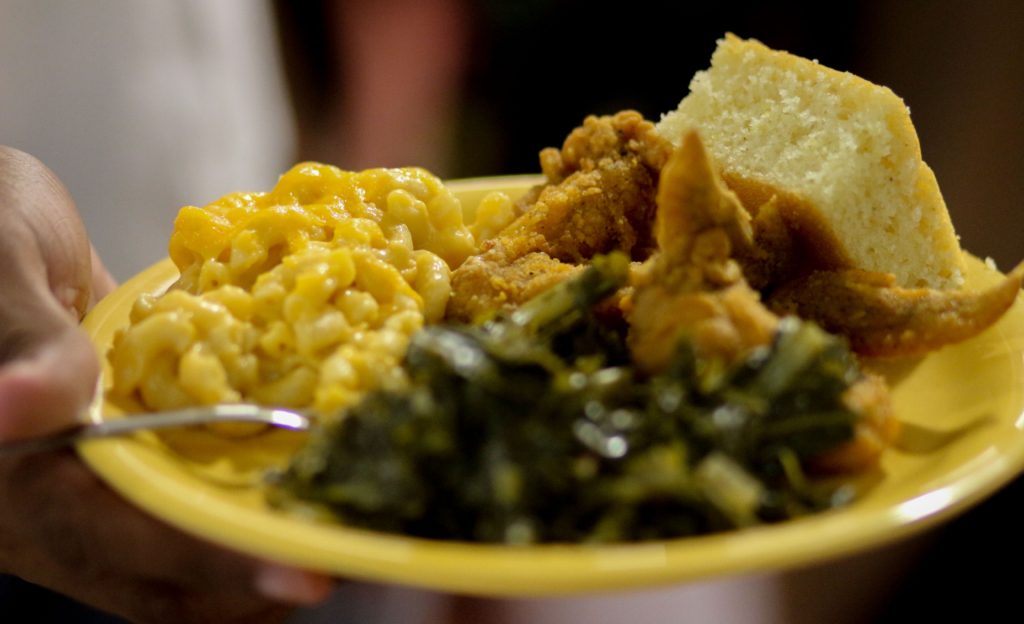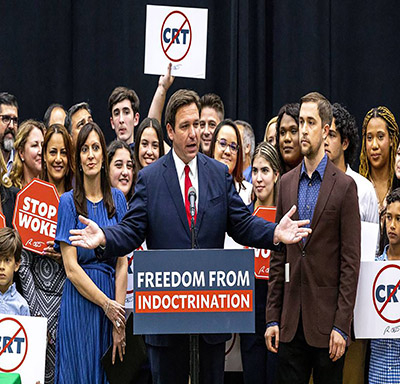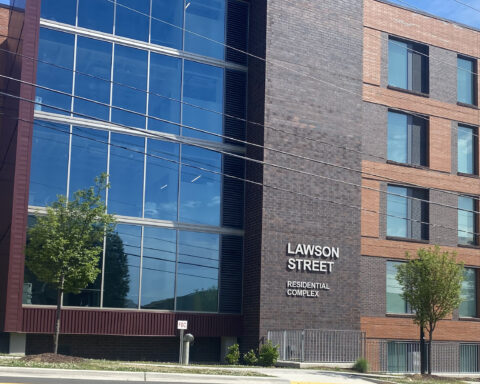The American diet has changed drastically in recent years. For black Americans in particular, that’s more of a problem than one might think.
The African American diet has evolved over the course of time. New foods have surfaced, scientifically modified foods have come into play, and the rate of health among American people has taken a turn. According to “Ethnicity and Health” by Pennsylvania State University, African American eating habits are adaptive to external conditions. For example, when a living organism is taken from their usual habitat, and placed in a new environment that does not have the resources it used to survive back home, they then adapt and find alternatives in order to survive.
Many college students are aware of the “freshman fifteen,” which is during the first year of college, away from home, many are trying to balance and maintain their life as a young adult and eating habits begin to decline and unfortunately so does health or weight along with it.
What are HBCU students being served on campus?
“Well we have designated days such as fried chicken Wednesdays, fried fish Fridays, and in between those days we are served burgers and fries, pasta, the typical fast foods. Though we do have a small vegan bar, there isn’t much of a wide selection,” Lejae Cleveland, a student at N.C Central University said.
Inside of North Carolina Central’s cafeteria, you can find the nutritional facts and serving sizes on the signs placed near each food station. It is solely left up to the consumer to decide what to eat and how much.
Another issue among African Americans is poverty. Researchers found a correlation between poverty and a healthy diet.
“I’ve noticed that around my campus, there are barely any healthy food options because people simply cannot afford it and many businesses refuse to be stationed in poverty stricken areas” Trej Johnson, a Coppin State University student said. According to The U.S National Library of Medicine, food prices pose a barrier for consumers attempting to maintain good nutrition with affordability. This is not a matter that can always be controlled by the consumer, therefore they are almost left with no choice but to make unhealthy dietary choices.
Obesity rates have tripled since the 1970’s causing close to one in five cancer deaths and fifty billion dollars’ worth of spending toward healthcare, according to the Centers for Disease Control and Prevention Obesity is a health issue that can lead to other major issues such as high blood pressure, diabetes, heart attack, stroke, cancer, blood clot, miscarriage in women, etc. African American women were reported to have the highest rate of Obesity in America according to HHS.GOV.
“I believe that it isn’t just about what we eat, but how much we consume on a daily basis,” Stevie Ford a junior at N.C Central University said. Stanford Health Care doctors have shared solutions to avoid obesity and maintain a healthy lifestyle. These solutions include eating five to six servings of fruits and vegetables daily, exercise at least thirty minutes a day or more, and keep track of your weight regularly.



















